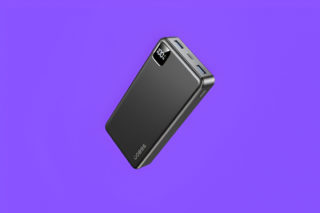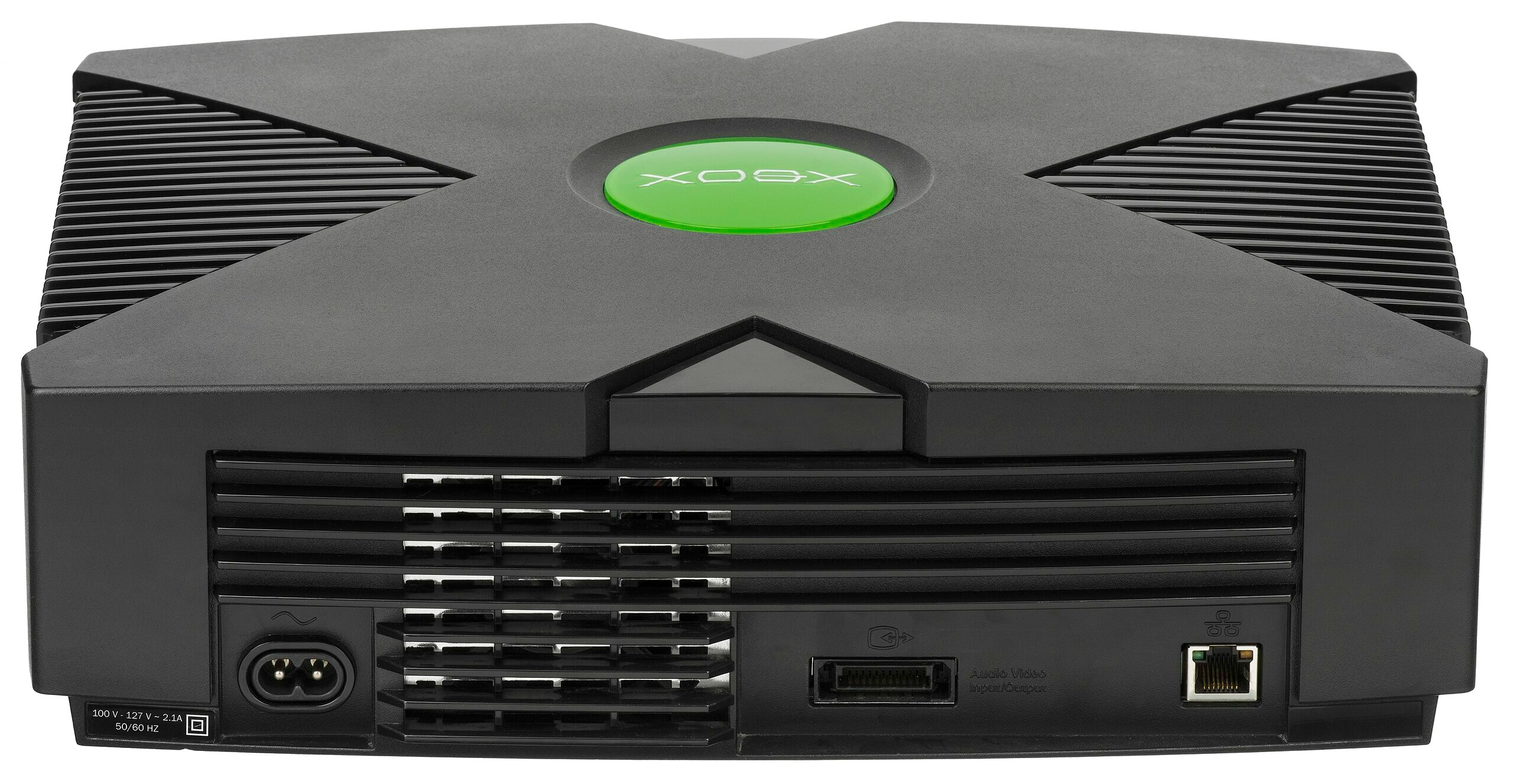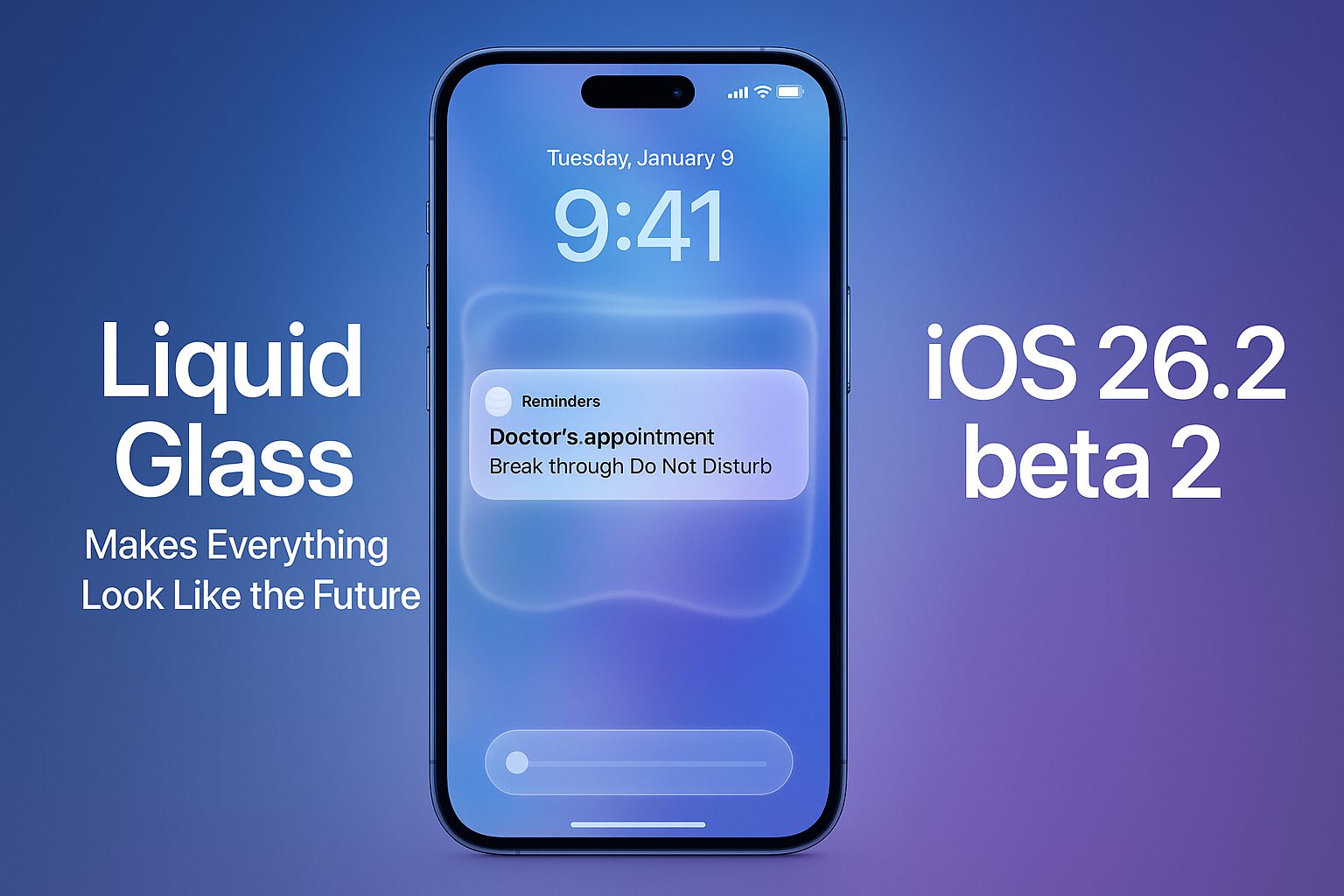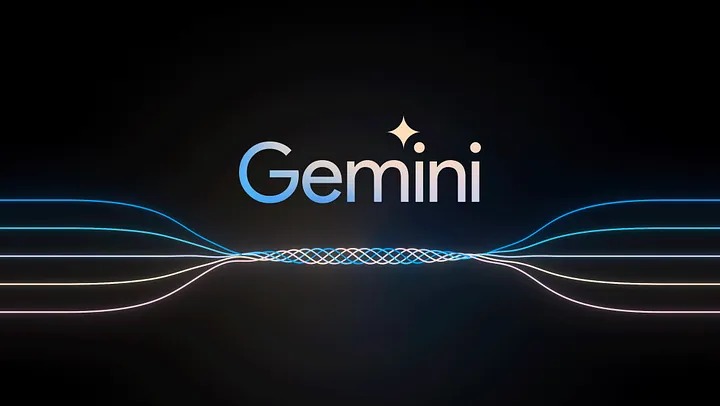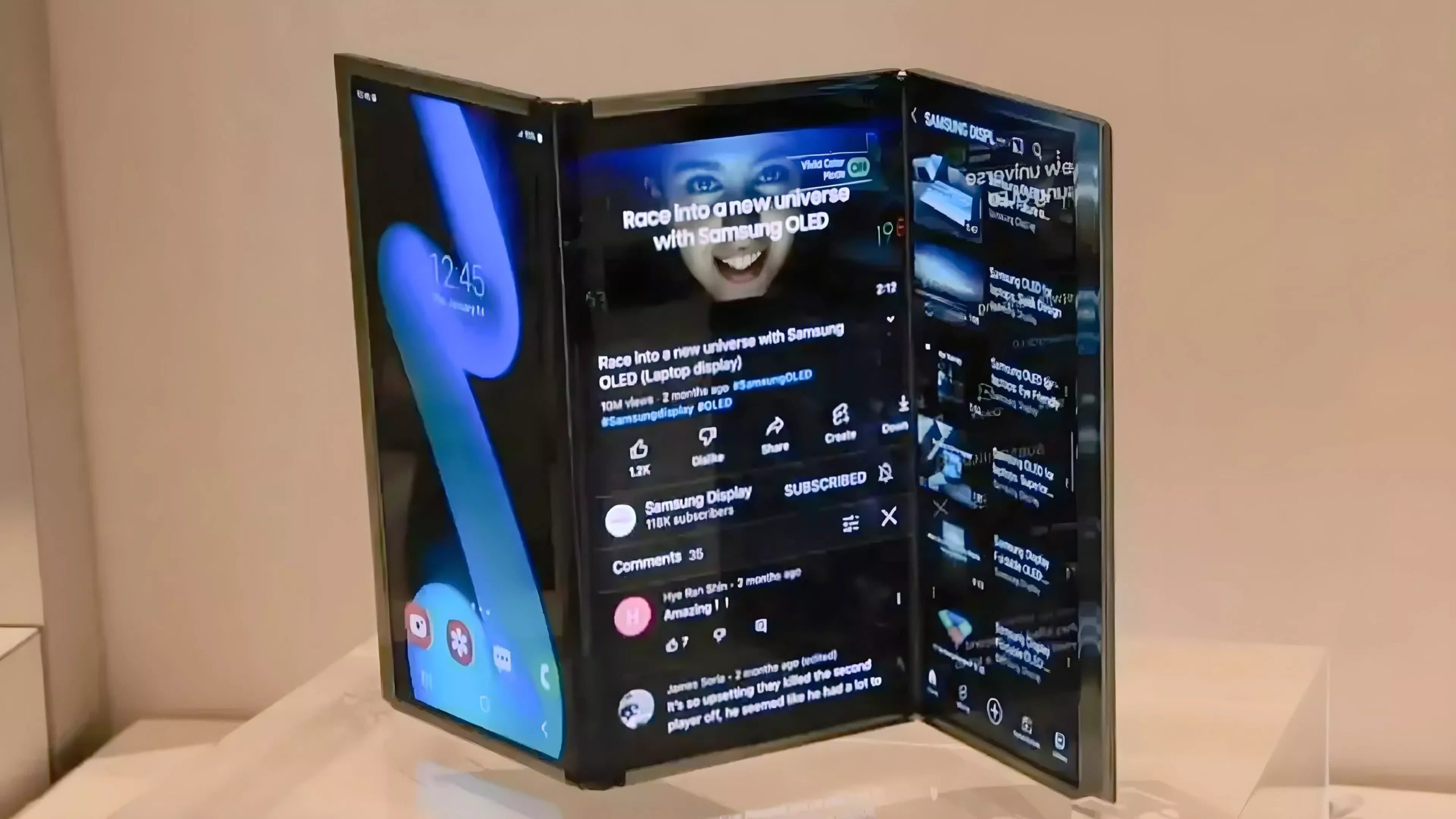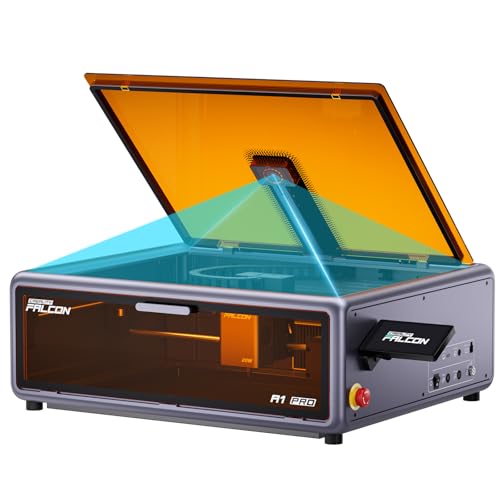Your childhood dreams of alchemy just got a fusion-powered upgrade. Marathon Fusion, a San Francisco startup, claims they’ve cracked the code on turning mercury into gold—not with mystical potions, but with the same neutron bombardment that powers their fusion reactors. Think Tony Stark’s arc reactor, but instead of powering suits, you’re literally creating precious metals as a side hustle.
The science behind this modern-day philosopher’s stone is surprisingly straightforward. Marathon Fusion’s reactors generate high-energy neutrons during deuterium-tritium fusion reactions. These neutrons bombard mercury-198, transforming it into unstable mercury-197, which then decays into gold-197 within about 64 hours. The process happens in the reactor’s “breeding blanket”—essentially turning your power plant into a gold mine without reducing electricity output.
DOE plasma physicist Ahmed Diallo admits the concept has merit: “On paper it looks great and everyone so far that I talk to remains intrigued and excited.” The numbers certainly grab attention. Marathon Fusion estimates a single gigawatt fusion plant could produce 5,000 kilograms of gold annually—roughly $600 million worth at current prices. That’s potentially doubling your power plant’s revenue stream, which explains why the startup has already secured $6 million in VC funding plus $4 million in government grants.
But before you start planning your gold rush, there’s a radioactive catch. The synthetic gold contains unstable isotopes requiring 14-18 years of secure storage before it’s safe for jewelry or electronics. Your fusion-forged wedding ring will need to sit in a vault longer than most marriages last. The company’s white paper, titled “Scalable Chrysopoeia via (n, 2n) Reactions,” hasn’t undergone peer review, and no practical demonstration exists yet.
Marathon Fusion’s founders acknowledge significant engineering hurdles remain. The process could reshape both fusion economics and global gold markets—if they can prove it works beyond theoretical calculations. Until then, your Mercury-to-gold dreams remain as speculative as crypto’s next moonshot, albeit with considerably more scientific backing.







